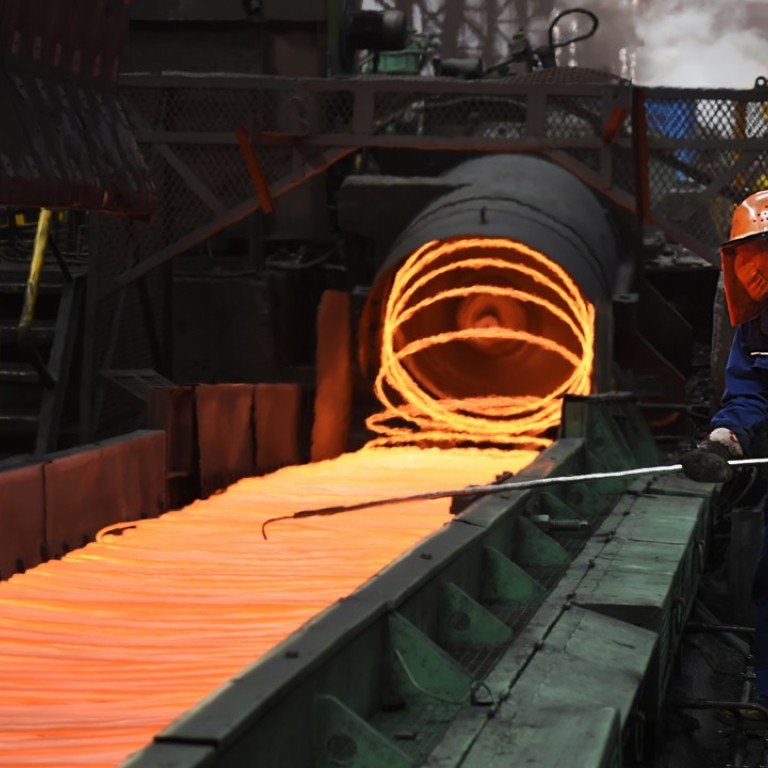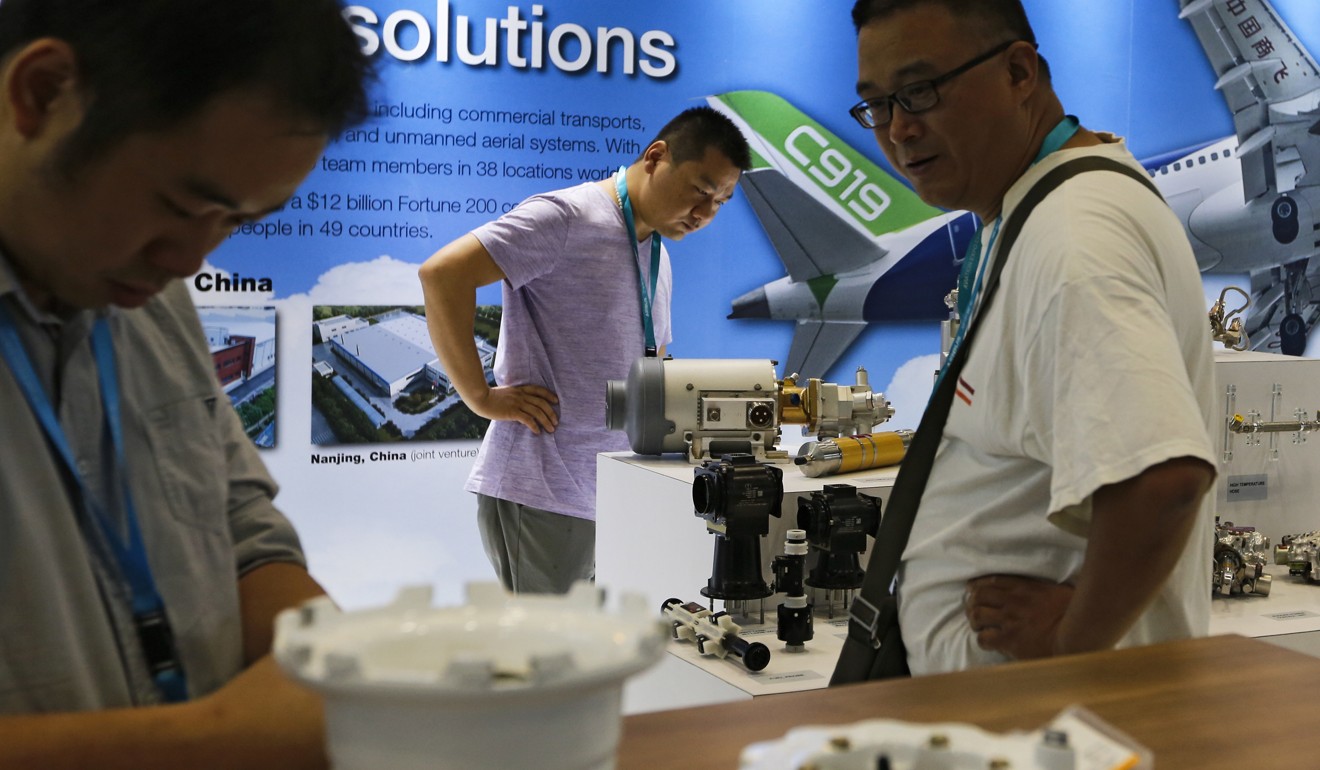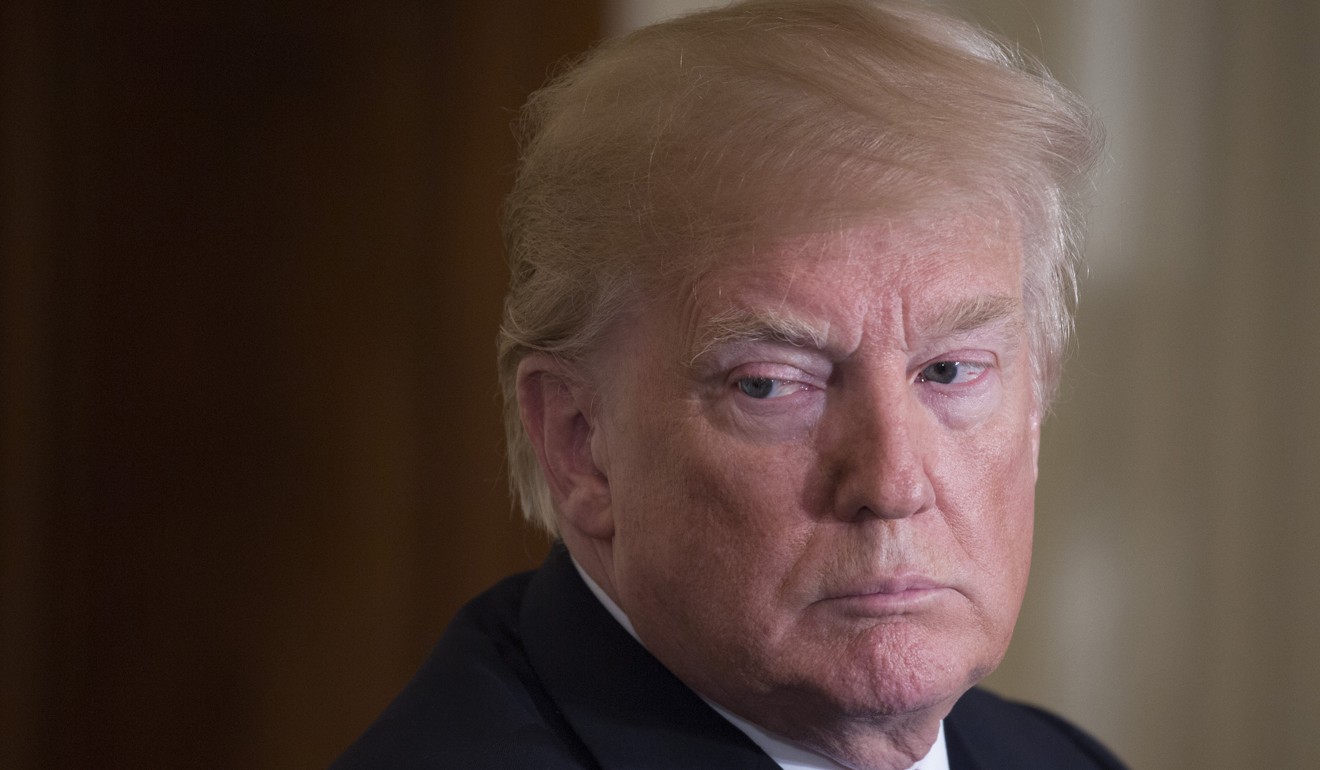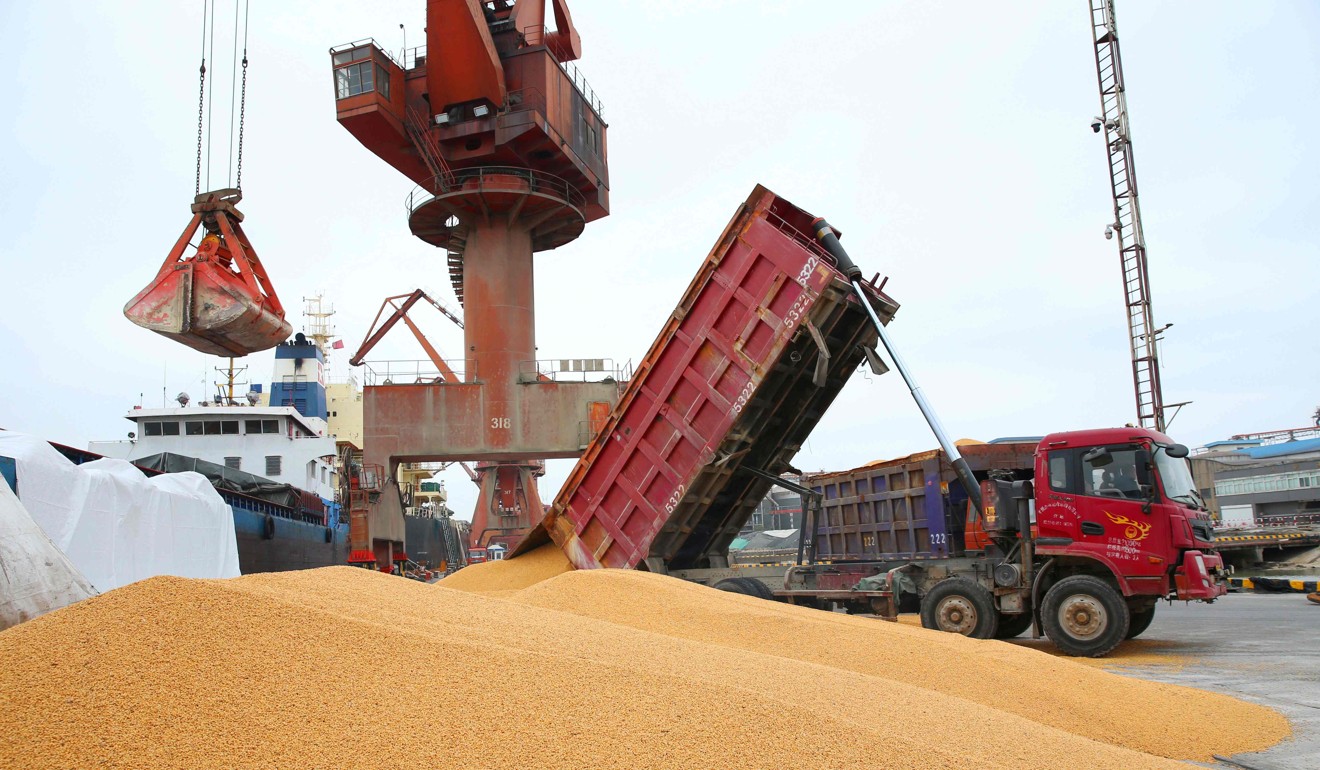
China-US trade war: look closely – Trump has zero ammo
Aside from a few technicalities, Washington doesn’t have a legal leg to stand on to accuse Beijing of unfair trade practices, and most in the know – meaning not the US president – are well aware of that fact
In a sharply worded investigative report issued on March 22 under Section 301 of its domestic trade law, the office of the United States Trade Representative (USTR) criticised China’s intellectual property and technology transfer policies on four counts.
First, it contended China uses foreign ownership restrictions, such as joint venture requirements and foreign equity limitations, and various administrative review and licensing processes, to force technology transfers from US companies.
Locked and loaded, China and the US are marching into a trade war
Second, China’s regime of technology regulations forces US companies seeking to license technologies to Chinese entities to do so on non-market-based terms that favour Chinese recipients.
Third, China directs and unfairly facilitates the systematic investment in, and acquisition of, US companies and assets by Chinese companies to obtain cutting-edge technologies and intellectual property and generate the transfer of technology to Chinese companies.

And fourth, China conducts and supports unauthorised intrusions into, and theft from, the computer networks of US companies to access sensitive commercial information and trade secrets.
On the basis of these findings, the Trump administration has proposed imposing an additional 25 per cent duty on about 1,300 tariff lines of Chinese goods, estimated to be worth US$50 billion. If ultimately imposed, the measure would amount to the most significant regressive action taken by a country against a major trade partner since the Smoot-Hawley impositions of the early 1930s.
Someone tell Trump the trade war is over. China won
Curiously, however, the US seems to be at a loss to explain why or how China’s technology transfer policies and practices amount to a legal violation of its international treaty obligations, notably of its related commitments to the WTO Trips (Trade-related Aspects of Intellectual Property Rights). At a WTO Dispute Settlement Body (DSB) meeting in Geneva barely five days after issuing the Section 301 report, the US representative let it be quietly known that on the first, third and fourth counts, China’s practices involving technology or intellectual property transfer did not implicate any specific WTO TRIPS-related obligation. In other words, China’s policies and practices were entirely compliant with its international treaty commitments.

Only on count two, that China forces US companies to part with their intellectual property on non-market terms, did the US representative come around to enumerating a set of Chinese policies that could amount to violations of Beijing’s TRIPS undertakings. But even on this, the complaints centre on adverse compensation terms for foreigners to enforce patent rights following the ending of a technology transfer contract – a far cry from the impression created that Chinese party and corporate henchmen shake down their foreign counterparts’ intellectual property for a pittance.
Trump’s opening salvo in trade war with China misses its mark
The US takes recourse to the broad claim that China’s intellectual property policies are overall deeply trade-distorting. It is clear from the US narration, however, that China has broadly aligned its legal system with TRIPS, although further improvements may still be necessary.
For as long as one can remember, USTR has annually released a “Special 301” report on global intellectual property rights practices, naming and shaming countries along the way. China’s practices have been scanned in great detail over the years. If there were significant legal shortcomings, USTR would not have been shy to slap a WTO case against China, just as it has done in other areas of trade law against Beijing on about 20 occasions. The US has never done because it has never had a durable case.

The Trump administration is poised to impose 25 per cent tariffs on US$50 billion of Chinese exports on the basis of the latter’s abusive IPR practices – except that the US cannot show that aside from a few narrow regulations that any of these practices are illegal. So the international trading system stands at the cliff’s edge of the most significant trade quarrel since the Great Depression even though practically no illegality has been committed by the supposedly offending party.
The USTR’s own 2018 Trade Policy Agenda Report argues that the US is bound by its treaty rights and obligation to which it has signed up at the WTO – no more than that. Additional rights or obligations cannot be added to these existing rights and obligations and “any such system must not force Americans to live under new obligations to which the United States and its elected officials never agreed”, it crisply notes.
Likewise, China’s IPR policies and practices, too, cannot be chained to any additional rights or obligations beyond the TRIPS agreement. What is sauce for the goose must be sauce for the gander. As for these TRIPS-related obligations, China is doing fine – that is the US official view, not just China’s. ■
Sourabh Gupta is a senior fellow at the Institute for China-America Studies in Washington

